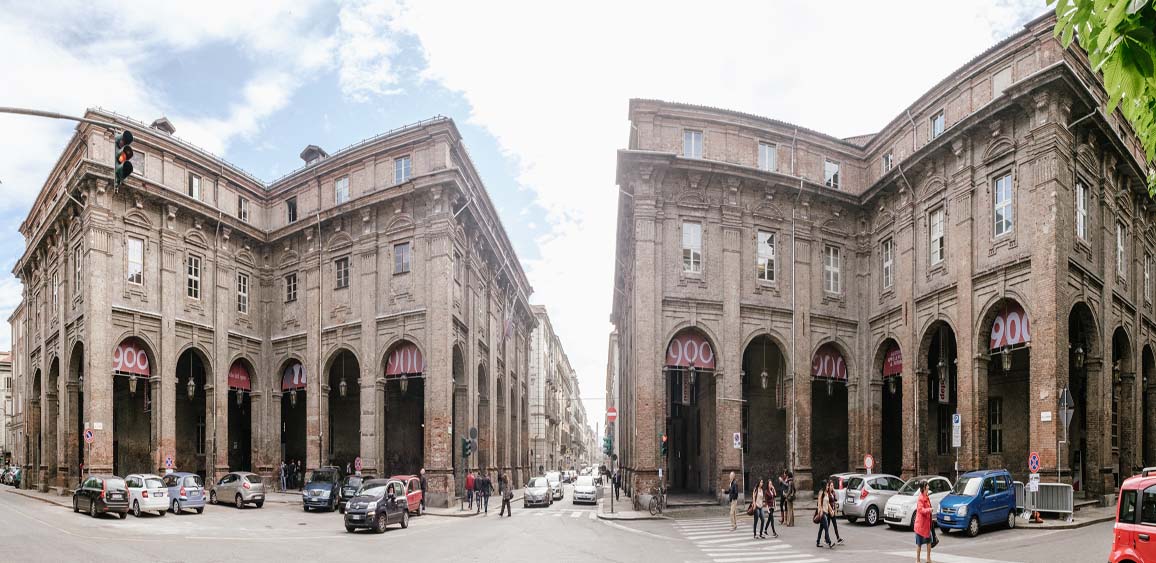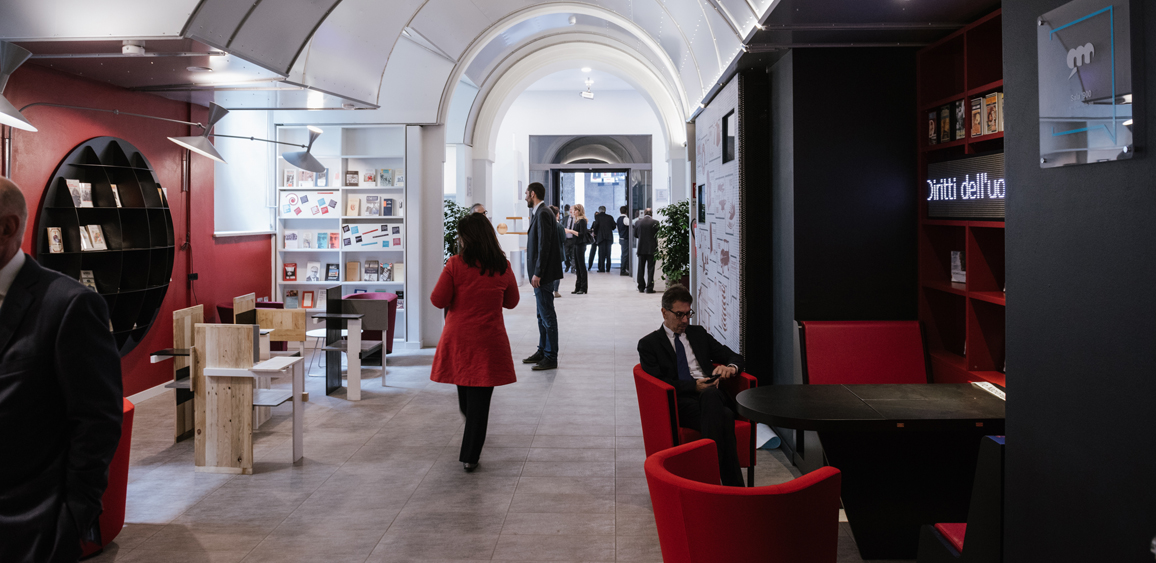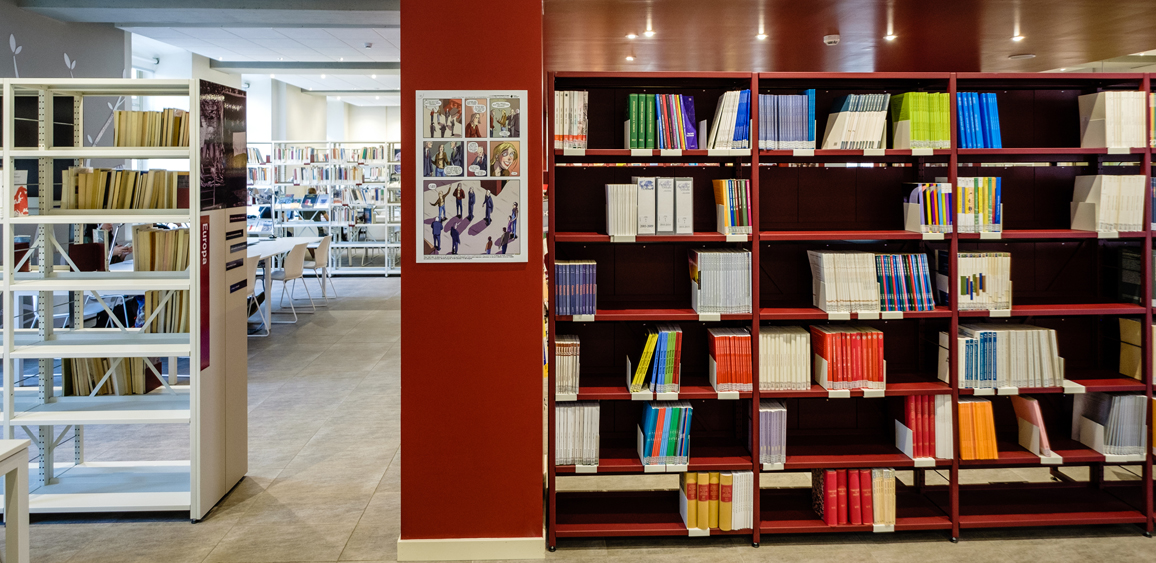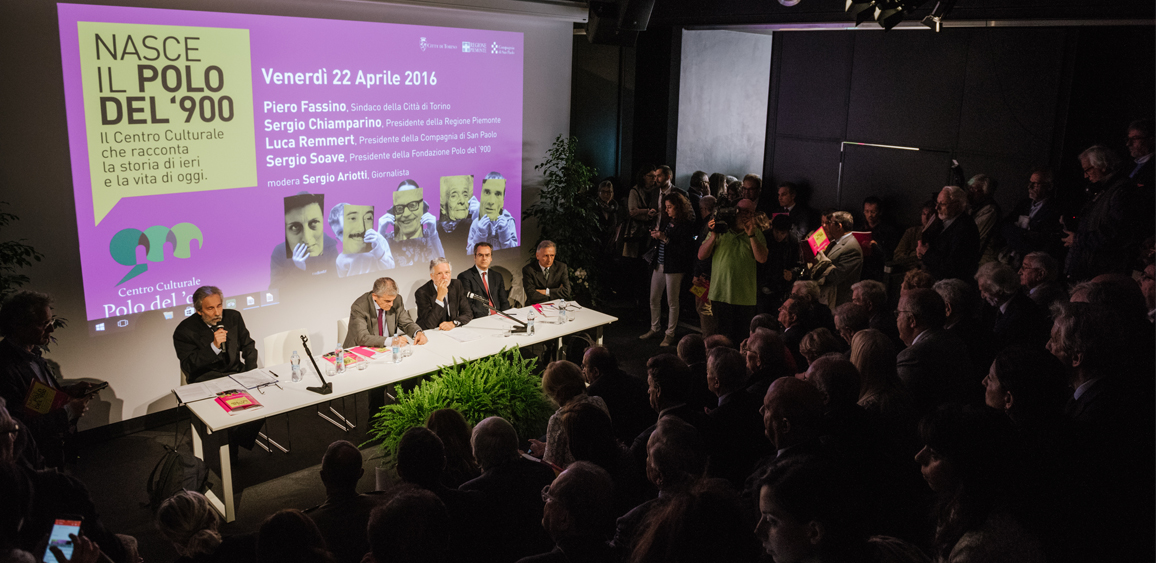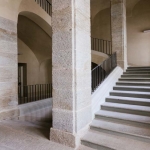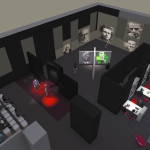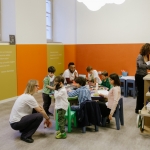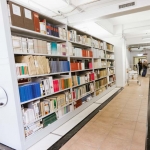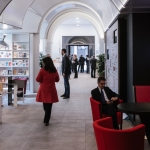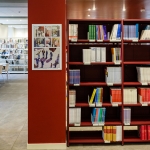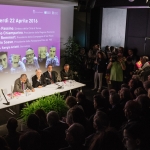Today he would be defined an “archistar”: he was Filippo Juvarra, the great architect from Messina that, at the beginning of the 18th century has been called in the small royal court of Torino. With his work, he gave to the city the ambitiousness and the proudness of a real capital city. In between other important works, he was also the designer for the two symmetric buildings of the “Quartieri Militari”, a marvelous example of elegance and efficiency. After the glory, the decline: from the ’70 of the ‘900, there has been decades of abandon, that marked a growing degrade also for the near urban area. Today those buildings are again a symbol of proudness and ambition for Torino and the Piemonte Region: they have been transformed into a place that cannot be defined only as a new cultural center: they became the “Polo del ‘900”. It is a space of thinking, dialogue and confrontation, open to the entire community of the city, in particular way for the new generations and the new citizens, dedicated to the analysis of modernity and its themes, like democracy and citizenship.
After an accurate restoration financed by the Compagnia di San Paolo, the two buildings now hold 19 cultural bodies and are open to the public: students, researchers, citizens. During the design phase there has been a particular attention given to the weakest and the youngest part of the population. Tactile maps, presentation in the language of signs and supports for walking, are only part of the services offered for people with reduced capabilities. Warmers for feeding bottle, changing-cradles and available pushchairs make the experience of the Polo available for the all family.
The Polo del ‘900 – open every day from 9 am to 9 pm, and on Thursday until 10 pm – offers more than 3.000 square meters of public spaces, 540 square meters of covered courtyard usable for events, 1 library with two lecture rooms and more than 100 seats, 1 conference room, 1 multi functional space for exhibition and events, 3 didactic areas, 50 square meters as playground for kids, a permanent exhibition (Torino 1938-1948) and 1 antiaircraft refuge, directly from the second World War and completely on view. The work of the archivists and the librarians brought together the collections of the single bodies in a unique collection with more than 300.00 monographies and archival funds, 28.000 audio-visual documents, 127.600 pictures, 650 square meters of deposit and 7 linear km of archives.
Italiano
